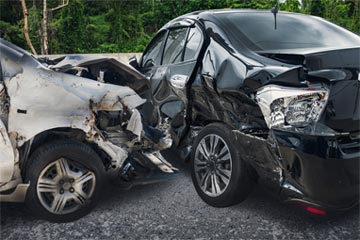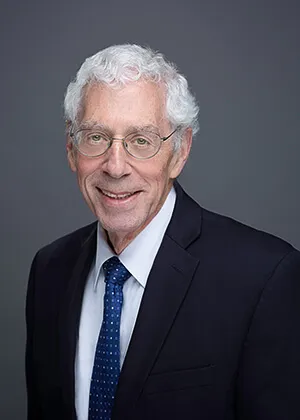How to Determine Fault in a Car Accident

Florida is a “no-fault” state where all motorists must maintain PIP insurance to help pay for the damages they sustain in an accident, regardless of who is at fault. However, a fault determination may be necessary if you are seriously injured or your own insurance is insufficient to cover your damages.
A Gainesville car accident lawyer can leverage their skills and resources to help you determine fault in a personal injury claim. At Fine, Farkash & Parlapiano P.A., our attorneys have more than 100 years of combined experience helping crash victims recover compensation for their losses. You will not owe us any fees unless and until we collect compensation on your behalf. Contact our office today for a free initial consultation.
What Is “Fault” in a Car Accident?
In essence, determining “fault” in a car accident is the process of figuring out if one or more parties were negligent when the accident occurred and if their negligence caused your injuries. If another person was negligent, they may be responsible for your injuries.
Fault Rules in Florida
Determining fault after a car accident in Florida is a bit more complicated because of the state’s no-fault rules. In no-fault states, including Florida, drivers will generally turn to their own no-fault insurance to cover their medical bills, lost wages, and other personal losses stemming from a car accident. In Florida, vehicle owners must carry a minimum of $10,000 in personal injury protection (PIP) insurance.
In theory, this policy is supposed to make it easier and faster for accident victims to get the compensation they need. In practice, however, this is not necessarily the case. Also, PIP insurance will not cover non-economic losses, such as a victim’s pain and suffering.
Victims may be able to seek pain and suffering and other types of losses in a liability claim against the at-fault party, but only if they are able to show that their injuries meet the “permanent injury” threshold outlined by state law. In Florida, these injuries include:
- Permanent and significant loss of bodily function
- Permanent injury within a certain, reasonable degree of probability, outside of scarring and disfigurement
- Permanent and significant scarring or disfigurement
- Death
A car accident lawyer in Gainesville can help you gather and review all available evidence to determine whether your injuries meet the Florida serious injury threshold.
How Fault Is Determined
Some of the most common pieces of evidence that help determine fault in car accident cases are:
- Police accident reports
- Testimony of drivers
- Eyewitness testimony
- Photos or video from the scene of the accident
- Medical records
- Testimony from expert witnesses
In some cases, forensic accident investigators download information from the vehicle’s event data recorder (black box) to show what was happening with the vehicle immediately before the accident, including the vehicle’s speed and when it last applied the brakes. Forensic accident investigators may prepare reports or visual presentations to show insurers or juries how the accident may have happened.
How Fine, Farkash, & Parlapiano, P.A. Can Help
At Fine, Farkash & Parlapiano P.A., our extensive experience as car accident attorneys in Gainesville means we can help you determine your best options for pursuing maximum car accident compensation if another party caused the accident. We can help you gather the evidence you need and handle tasks like filing your claim, negotiating your settlement, and bringing your case to court if need be.
You will not owe us any fees unless we collect compensation on your behalf, so contact our Gainesville office for a free initial consultation.

Mr. Fine was born in New York, New York, and was raised in the northeast, where he studied sociology at Colby College in Waterville, Maine. He then graduated with honors from the University of Florida Levin College of Law in 1976. In law school, he was a member of Phi Kappa Phi Honor Society, was inducted into the Order of the Coif, and graduated in the top 10 percent of his class. Mr. Fine was admitted into the Florida Bar in 1976, the United States District Court for the Middle District of Florida in 1977, the United States District Court for the Northern District of Florida in 1991, and the United States Court of Appeals 11th Circuit in 1982.
